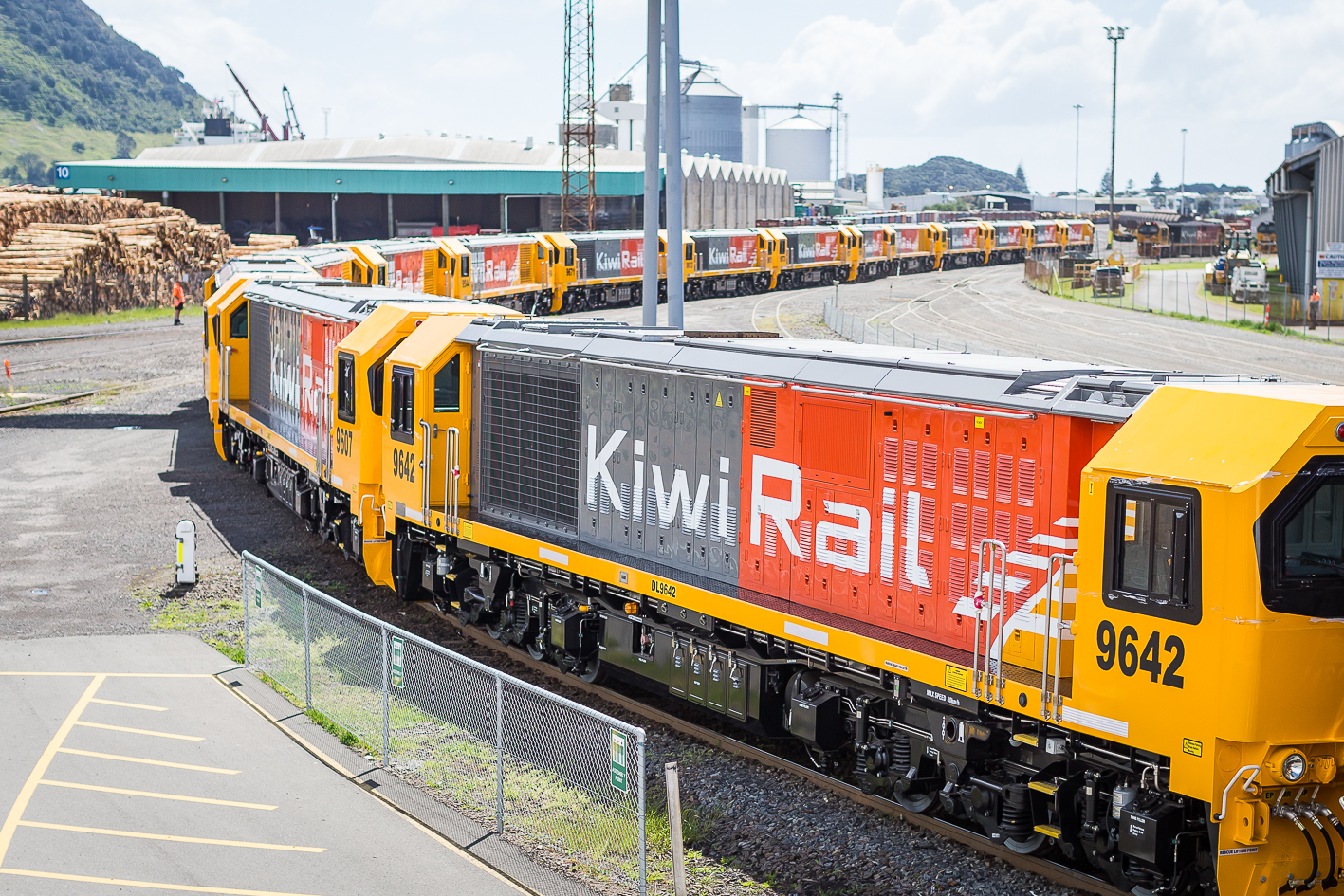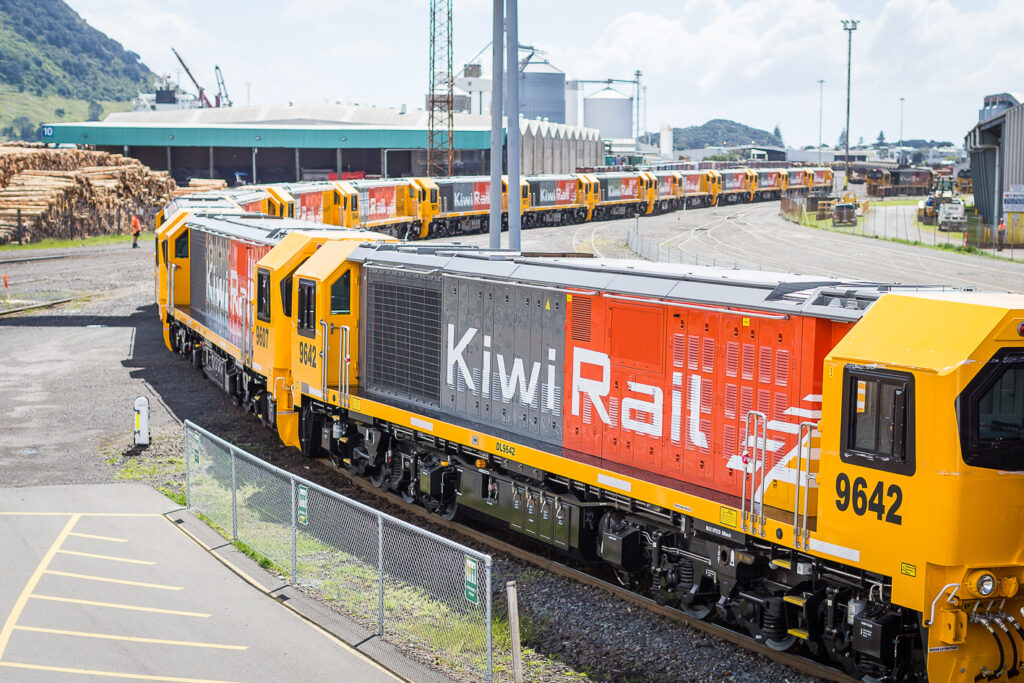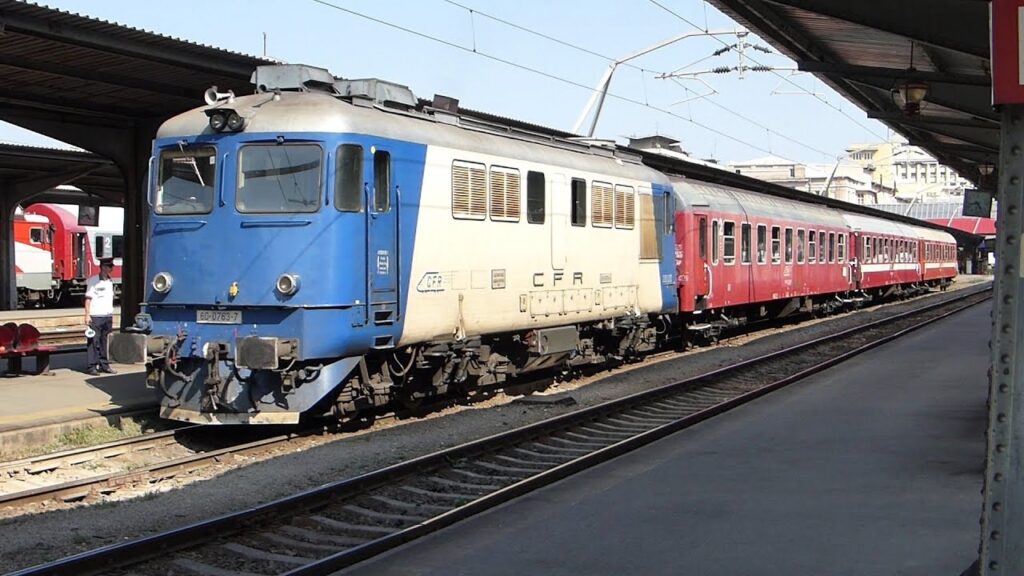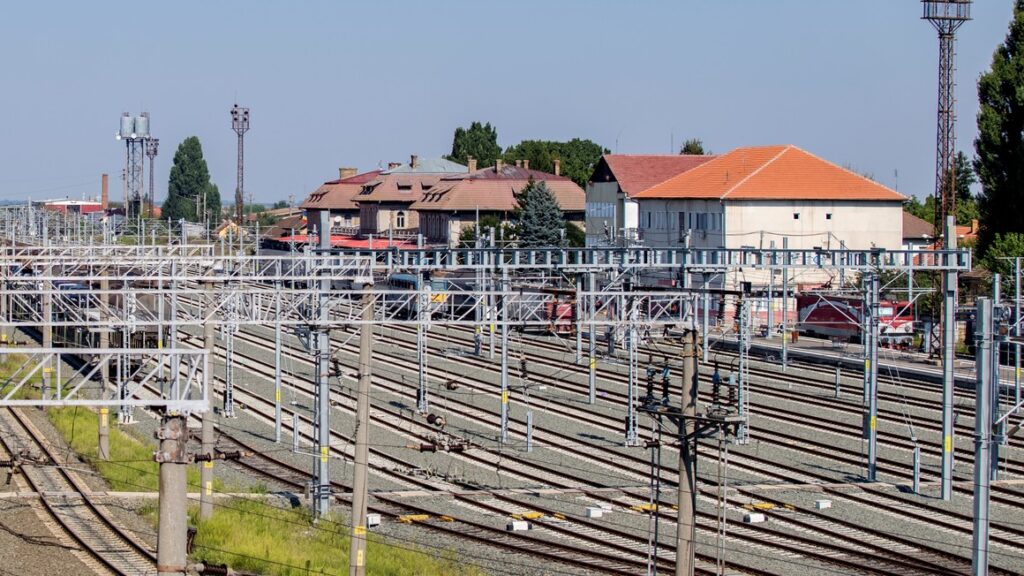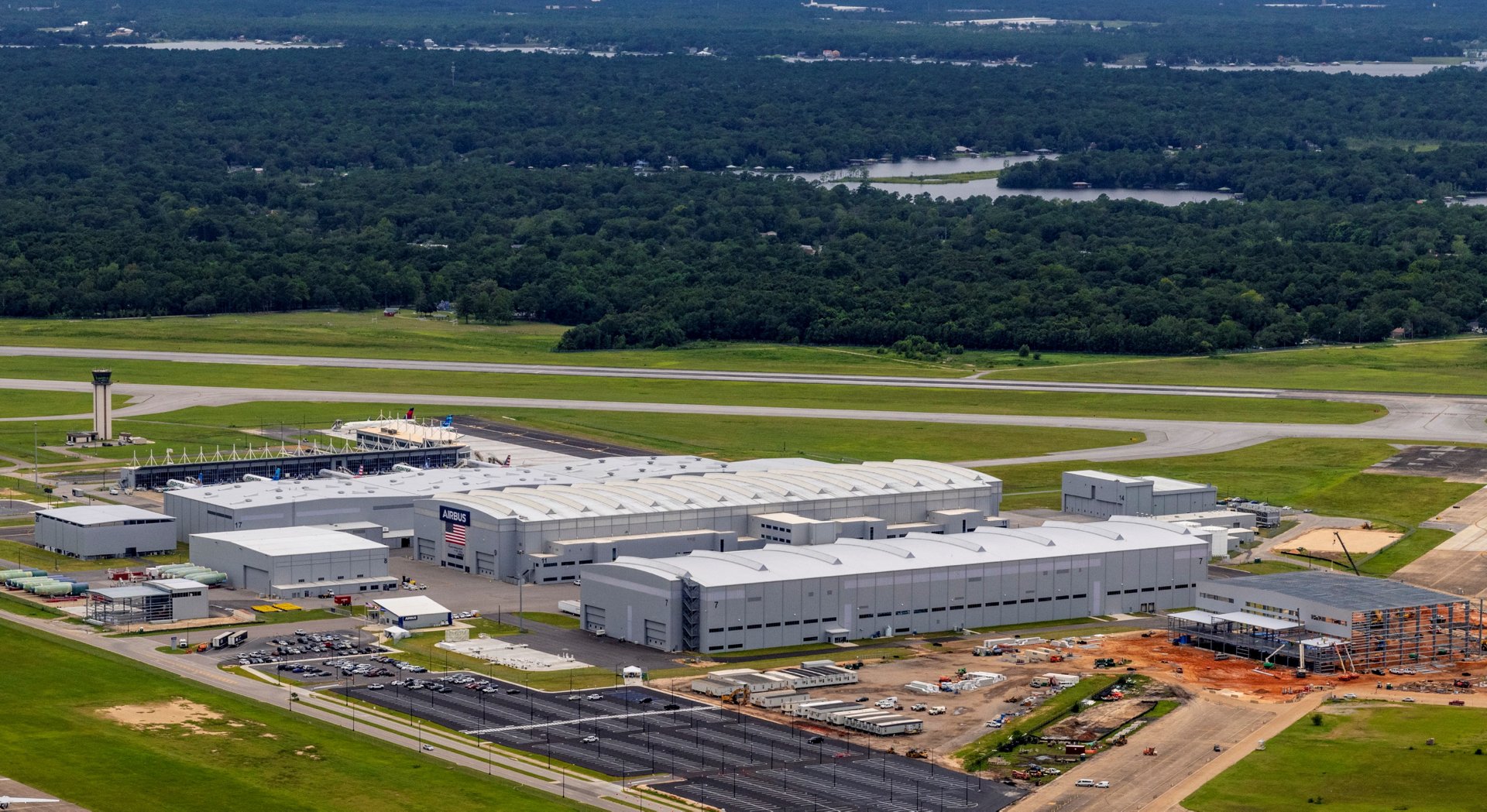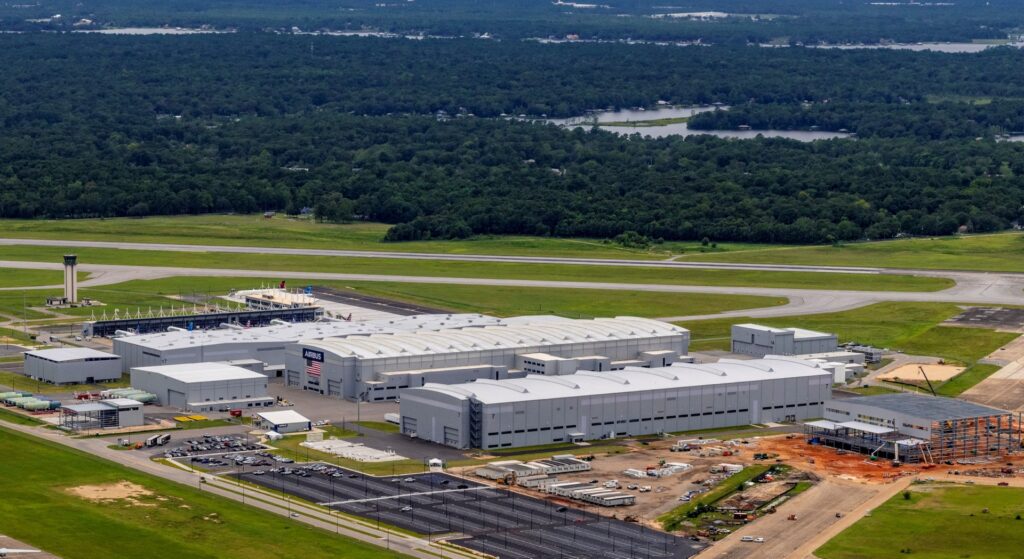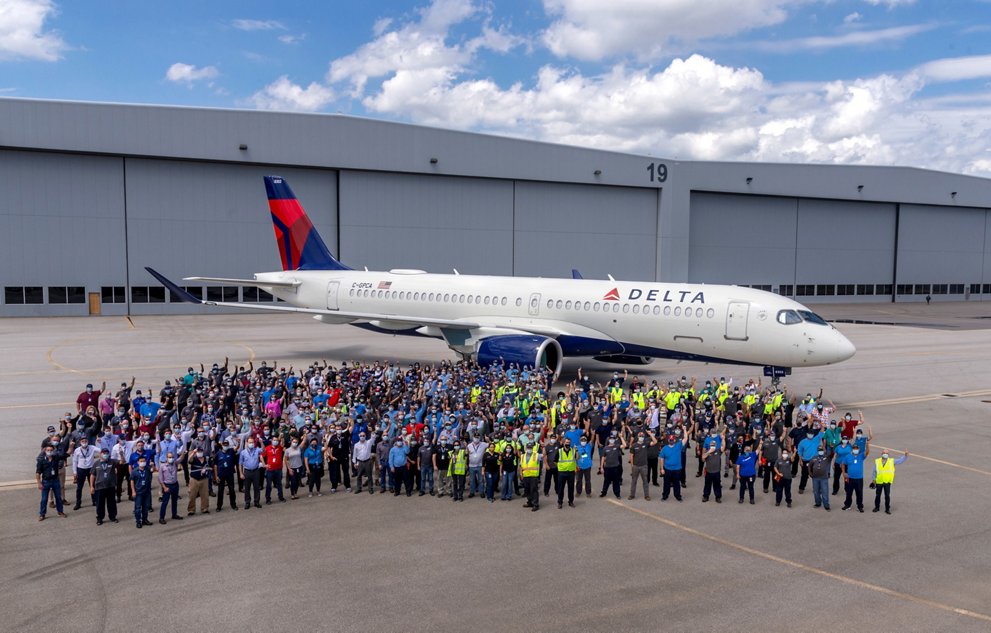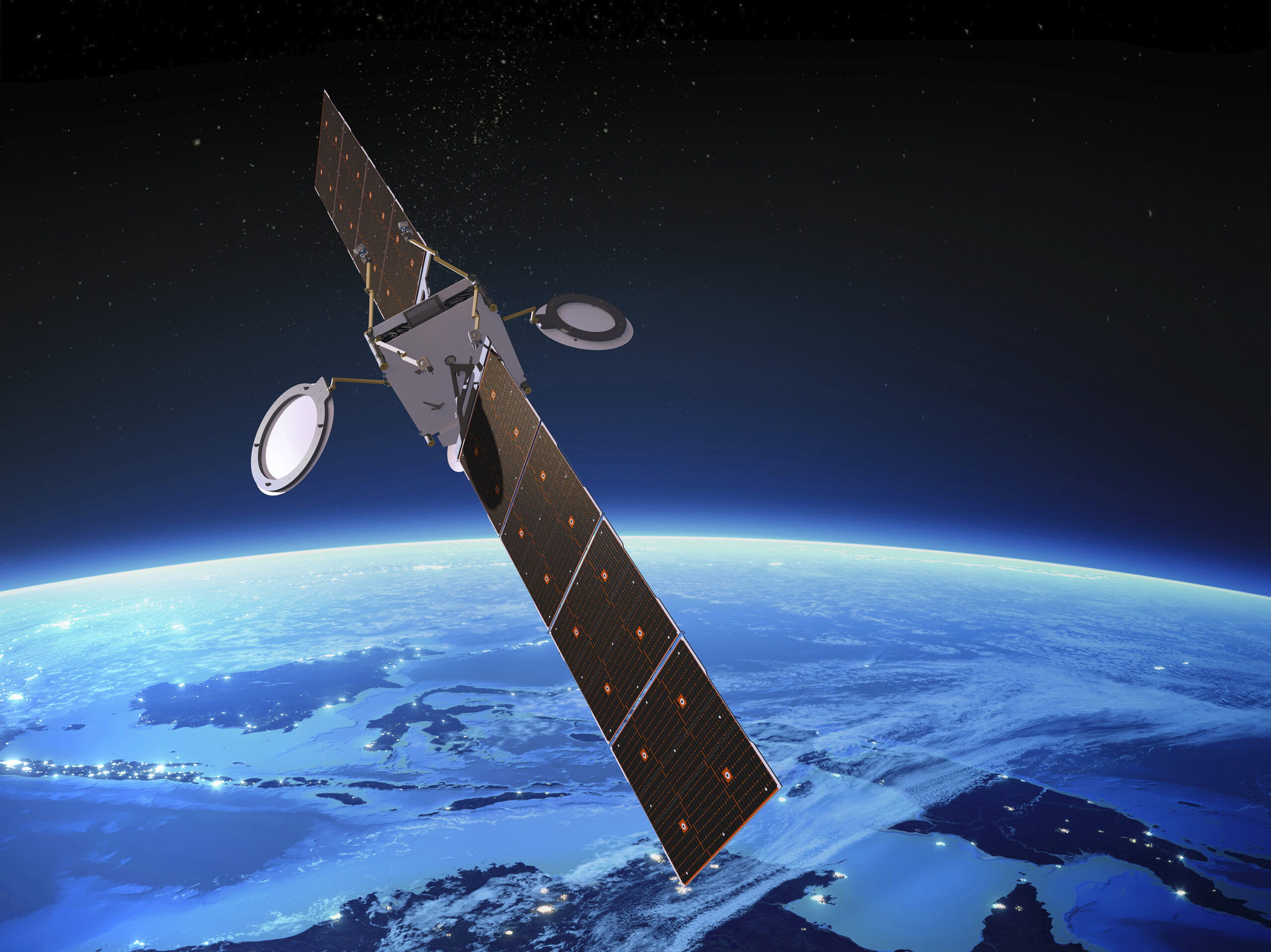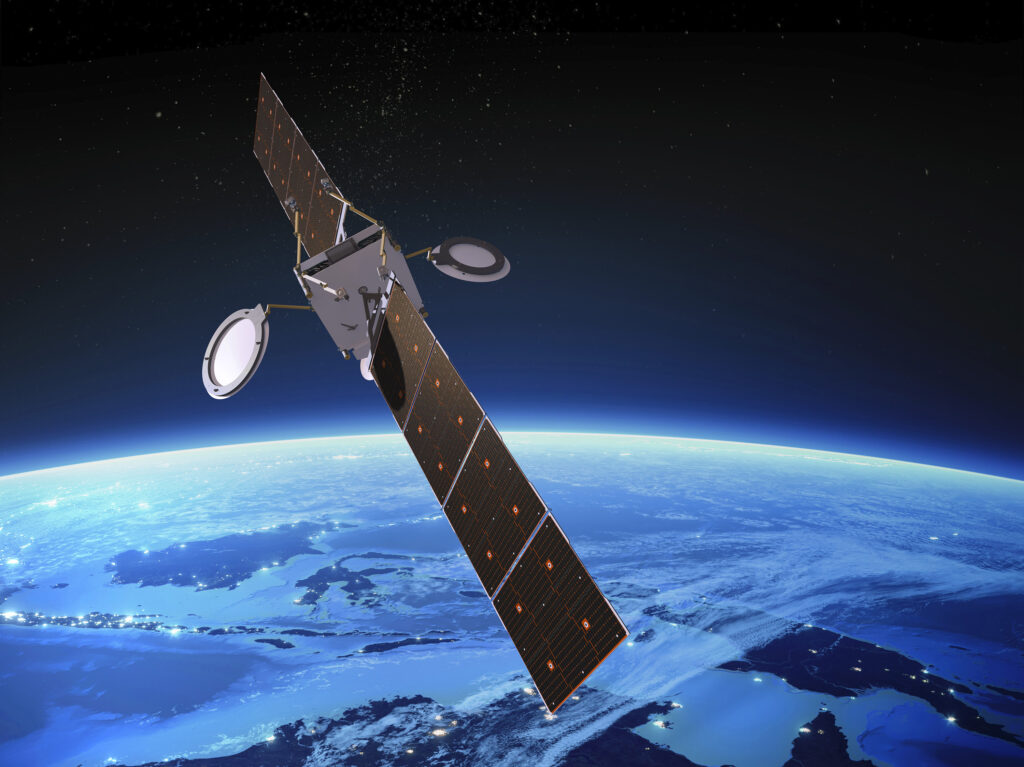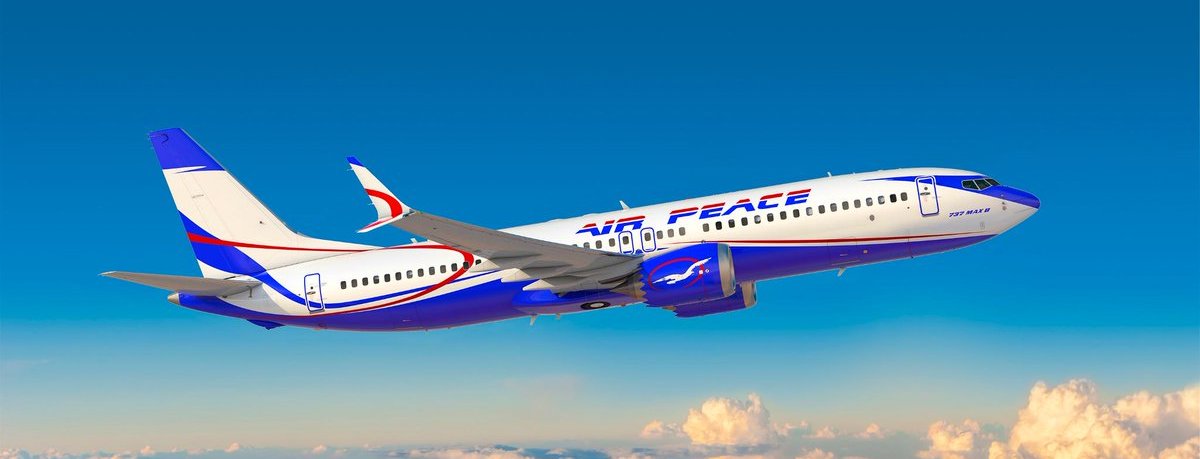KANSAS CITY, Mo.–(BUSINESS WIRE)– Kansas City Southern (NYSE: KSU) announced today that it has entered into a joint agreement with NorthPoint Development to develop the master planned Wylie Logistics Park in Wylie, Texas, located adjacent to KCS’ David L. Starling Wylie Intermodal Terminal.
The Wylie Logistics Park offers 2.4 million square feet of potential building capacity for traditional warehousing and distribution; industrial grade amenities; dual feed electrical system with redundant power; as well as a heavy-haul road network comprised of direct access to Highway 78 and the interstate system, air and seaports, and a state-of-the-art intermodal terminal.
“KCS is pleased to enter into this agreement with NorthPoint Development for the Wylie Logistics Park,” said KCS vice president chemical and energy products Ginger Adamiak, who also leads the company’s industrial development team. “Wylie is part of the Dallas metro area, the fourth fastest growing industrial market in the U.S., and Wylie offers a business-friendly environment, low taxes and a double free port exemption.”
“We are extremely bullish on the opportunities that the Wylie Logistics Park offers,” said NorthPoint Development president/founding partner Chad Meyer. “Wylie is a supportive, pro-business municipality partnering with a unique Class I intermodal facility that has the best direct connectivity to the growing east coast ports. Couple this with exceptional demographics from an eCommerce demand and the great labor pool that this development requires and you have all of the ingredients for a very successful project.”
KCS’ Wylie Intermodal Terminal opened in 2015 and expanded in 2018. It now offers track capacity of 19,000 feet and annual lift capacity of 342,000, resulting in fluid and efficient availability of containers and improved on-time arrivals and departures. The terminal also boasts 1,800-wheeled parking spaces (with room to expand); 300 container stack spots; an Automated Gate System (AGS) with high definition imagery; optical character recognition and biometric driver identification; enhanced traffic signals and specific turn lanes.
“The Wylie Logistics Park is ideal for customers looking to combine logistics and real estate in one location,” said KCS vice president intermodal and automotive Rodrigo Flores. “Locating in the park will provide tenants and customers significant cost savings by reducing drayage from ramp to facility and providing quick access to the regional interstate network. Customers will also enjoy the environmental benefits of intermodal transportation and connectivity to other intermodal and port facilities on KCS’ U.S. and Mexico rail network.”

